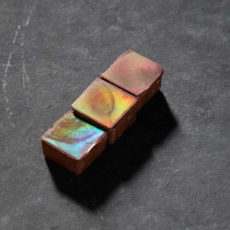
NASA / ESA’s Hubble Space Telescope recently captured a serene view of Jupiter in ultraviolet wavelengths. The gas giant’s iconic “Great Red Spot” may appear red to human eyes, but this ultraviolet image provides a different, darker view, caused by the high altitude haze particles absorbing light at these wavelengths.

On another note, the typical reddish, wavy polar hazes are absorbing a bit less of this light due to differences in either particle size, composition, or altitude. Astronomers created this ultraviolet image using part that is part of a Hubble proposal studying Jupiter’s stealthy superstorm system. Eventually, the team plans to map deep water clouds using the Hubble data to define 3D cloud structures in Jupiter’s atmosphere.
- Detailed Lunar Replica - Features a detailed Eagle lunar lander replica with lunar surface, crater, footprints, and U.S. flag for a realistic space...
- Realistic Modular Model - This modular set includes a descent stage with gold-colored landing pads, panels, opening camera, laser hatches, and movable...
- Ascent Stage Interior - The ascent stage boasts a detailed interior with room for 2 astronaut minifigures, finished with an Apollo 11 Lunar Lander...
This is a false-color image because the human eye cannot detect ultraviolet light. Therefore, colors in the visible light spectrum were assigned to the images, each taken with a different ultraviolet filter. In this case, the assigned colors for each filter are: Blue: F225W, Green: F275W, and Red: F343N,” said the NASA Hubble Mission Team.
[Source]










